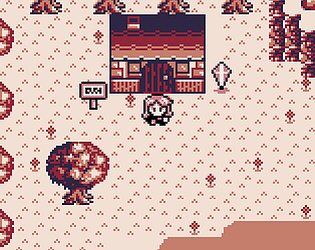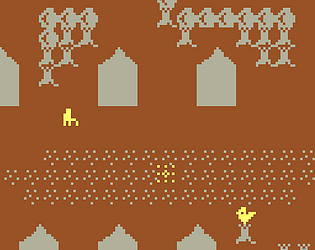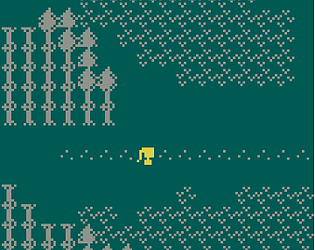1. story told thru comptuer screen and dialogue box/narrator explaining the scenario each time a chouce was made
2. choice was clearly defined; choose whether to engage with online communities or not. negative choices also clearly understood
3. maybe make the negative choices less obvious/subtle, just to make players realize later into the game that theyve been giving in to anxiety the whole time. overall good tho!




